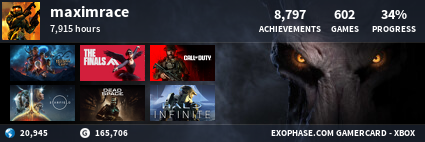Two things. Can you please do away with huge quote trees? You don't need to include the entire conversation when you're commenting on the last thing.
Second, this is technically arguable. With the PS3, developers resorted to MSAA and Blur. The former provided anti-aliasing technique, now considered inferior as newer methods have replaced it but at the time it was cutting edge, and the latter hid the the imperfections. Because the PS3 was incapable of delievering AAx2 at a reasonable frame rate, developers had to resort to MSAA, which anti-aliased the entire image rather than each component, which the Xbox 360 was capable of. The result was a much better image quality than originally achieved, but it wasn't a perfect method. So to hide the flaws, developers used a slight blur. Thus, PS3 games tend to not be a clear/sharp as Xbox 360 games.
In some cases, it's a positive thing. It gave the games a more cinematic feel. However it didn't always suit the game and things like shadows and transparent objects suffered.
If you really wanted to nit pick, one of the glaring examples of the limitations with the PS3 was with the ground. The ground is often a texture laid upon the geometry of the area, but most of the time it's also populated with 3D objects. In PS3 games, while not always obvious, to a trained eye it was glaring. In terms of multiplayer games it became obvious, the number of 3D ojbects both in the fore ground as well as the background, lacked those objects. But it was in first-party exclusive games where it was most noticable. Heavy Rain, God of War III, etc. The ground has no depth to it. You might get a few tuffs of grass or a rock that stands out every now and again, but it's as if the ground is simply wet asphalt. Shiny and flat.
Juxtaposed to the Xbox 360, where the ground was an active environment and developers could take advantage of an early form of tessellation to provide a dimentionality to their surface textures.
Sure, the PS3 graphics looked better, if you were willing to overlook the glaring lack rendered objects. I'll agree with that.
























































